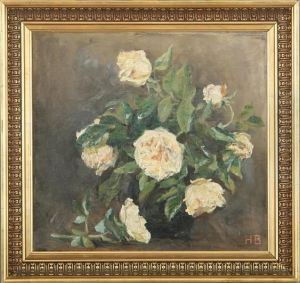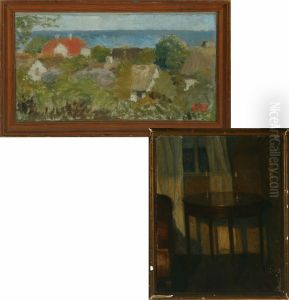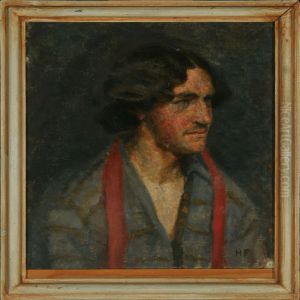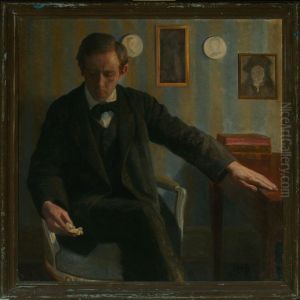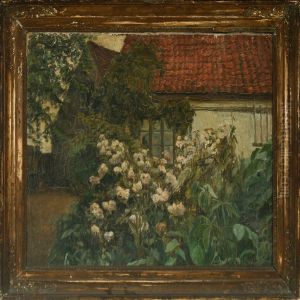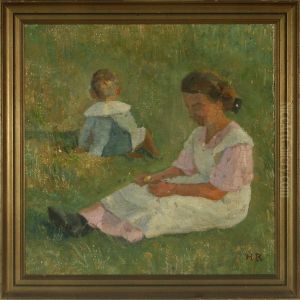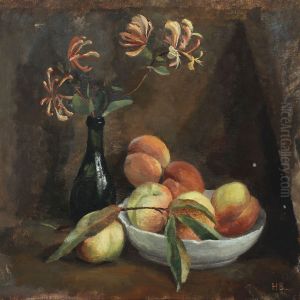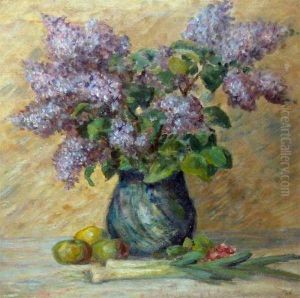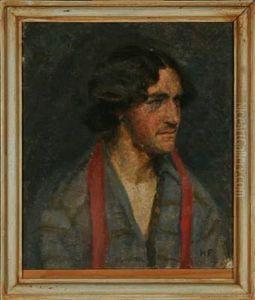Hedvig Brandt Paintings
Hedvig Brandt was a notable figure in the world of art, born in 1904 in Sweden. Throughout her life, she developed a distinctive style that set her apart from her contemporaries. Despite the challenges faced by women artists during her time, Brandt managed to carve out a successful career in the arts, showcasing her talent across various mediums but is particularly remembered for her contributions to painting and textile design.
Brandt's early life was marked by her exposure to the rich cultural heritage of Sweden, which deeply influenced her artistic direction. She pursued her education in art at some of the most prestigious institutions in Europe, where she honed her skills and developed her unique aesthetic. Her work often reflected a deep appreciation for the natural world, combined with a keen sense of color and form. This was evident in her landscapes and abstract compositions, which resonated with both critics and the public alike.
Throughout the mid-20th century, Hedvig Brandt became increasingly involved in the textile industry, applying her artistic sensibilities to fabric design. Her textiles were celebrated for their innovative patterns and color combinations, contributing significantly to the Scandinavian design movement that gained international acclaim during this period. Brandt's designs were not only popular in Sweden but also found a market abroad, showcasing the global appeal of her work.
Despite her success, Hedvig Brandt remained a relatively private figure, focused more on her art than on cultivating a public persona. She continued to work and innovate well into her later years, adapting to new trends and techniques while remaining true to her artistic vision. Hedvig Brandt passed away in 1994, leaving behind a legacy that has continued to inspire artists and designers. Her contributions to the fields of painting and textile design are remembered as pioneering, reflecting a tireless pursuit of beauty and originality in every piece she created.
